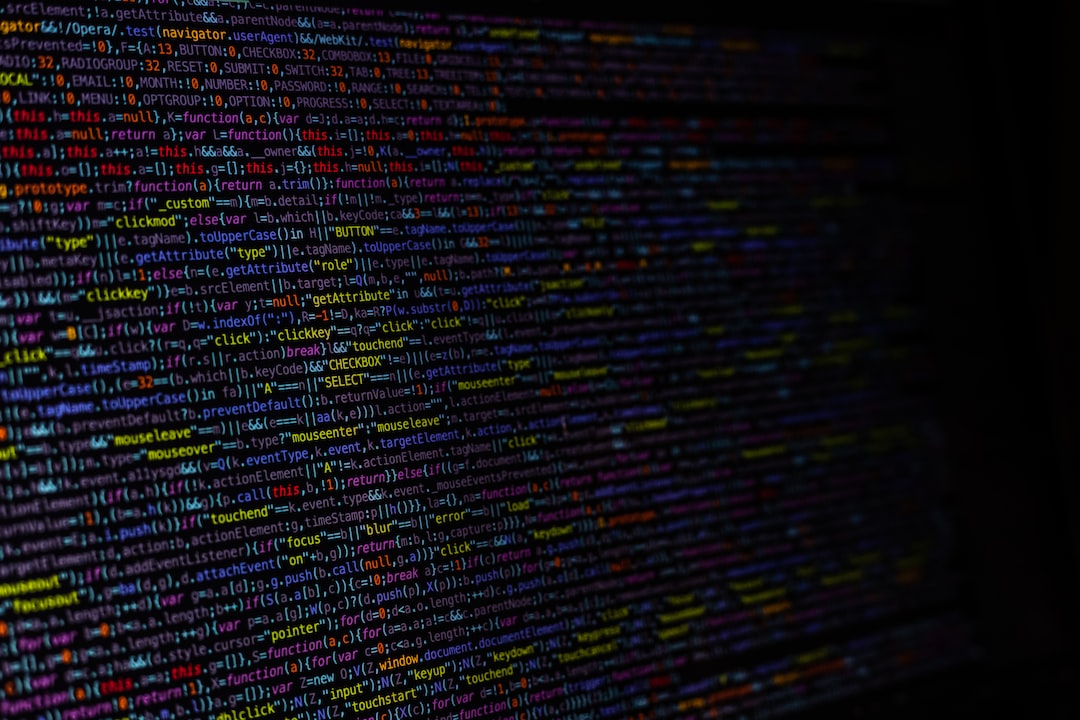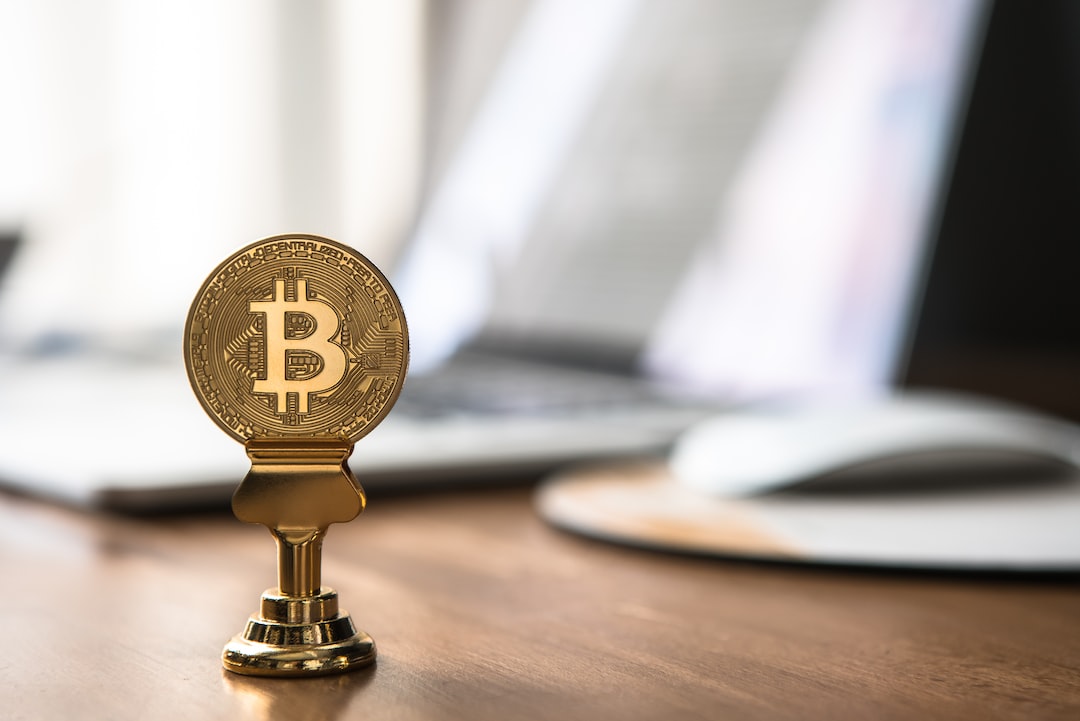The Role of Tokenization in Bridging Traditional Finance with DeFi
The crypto and blockchain industry is constantly evolving, and innovation is essential for its progress. One key driver for linking crypto to the real world is tokenization, a core feature of blockchain. Tokenization has the potential to bridge traditional finance with decentralized finance (DeFi) and create an intersection between the crypto industry and a trillion-dollar market.
The Evolution of the Crypto Ecosystem
In the past, the focus of the crypto ecosystem was primarily on the price action of coins and tokens. However, the market experienced a downturn during the “crypto winter” triggered by the collapse of a major stablecoin and the downfall of a prominent crypto exchange. This led to a loss of interest from traditional finance and a realization that the industry needed more than just price action to thrive.
Building on Blockchain’s Foundation
Decentralized finance thrives on innovation and development, especially when price tickers are no longer the main focus. Blockchain provides a solid foundation for this innovation with its transparency, immutability, and traceability. The ability to prove digital ownership offered by blockchain has become crucial in the search for new ideas and advancements in DeFi.
The Importance of Collaboration with Traditional Finance
During the crypto winter, it became evident that DeFi needs traditional finance to survive. A decentralized finance system completely disconnected from the rest of the world is not practical. Instead, finding ways for crypto and DeFi to work alongside traditional finance is essential for long-term success.
The Rise of Asset Tokenization
To bridge traditional finance with DeFi, a new trend called asset tokenization emerged. This involves creating a digital representation or “token” of a traditional asset on a blockchain. Asset tokenization enables true digital ownership, allowing for the transfer or fractionalization of assets. Real-world assets like real estate, fine art, and intellectual property can be tokenized on blockchain, making them accessible to a wider audience.
The Growth of Real-World Asset Tokenization in DeFi
Real-world asset (RWA) tokenization has seen significant growth in decentralized finance. The total value locked across RWA-related DeFi platforms has increased by 1,000% in a year, surpassing $5 billion. This form of ownership serves as a bridge between traditional finance and the crypto ecosystem.
A Win-Win Situation
Asset tokenization benefits both traditional finance and the crypto ecosystem. It lowers the barrier of entry for traditional markets, allowing more people to participate in owning or trading assets that were previously inaccessible. For the crypto industry, RWA tokenization can bring much-needed capital back into the market. By connecting the digital asset market with real-world assets, tokenization can act as a catalyst for innovation and growth.
About the Author: Asif Kamal
Asif Kamal is the founder of Artfi, an art technology company that leverages NFTs and blockchain to enable collectors to own a stake in works of art.
Hot Take: Tokenization – The Bridge Between Traditional Finance and DeFi
The integration of blockchain technology and tokenization has opened up new possibilities for bridging traditional finance with decentralized finance (DeFi). Asset tokenization allows for true digital ownership of real-world assets on a blockchain, creating opportunities for wider participation and unlocking capital for the crypto industry. By embracing collaboration with traditional finance and leveraging the core principles of blockchain, DeFi can continue to innovate and thrive. Tokenization acts as a vital link between the crypto industry and a trillion-dollar market, paving the way for future growth and advancement in both sectors.





 By
By
 By
By

 By
By

 By
By